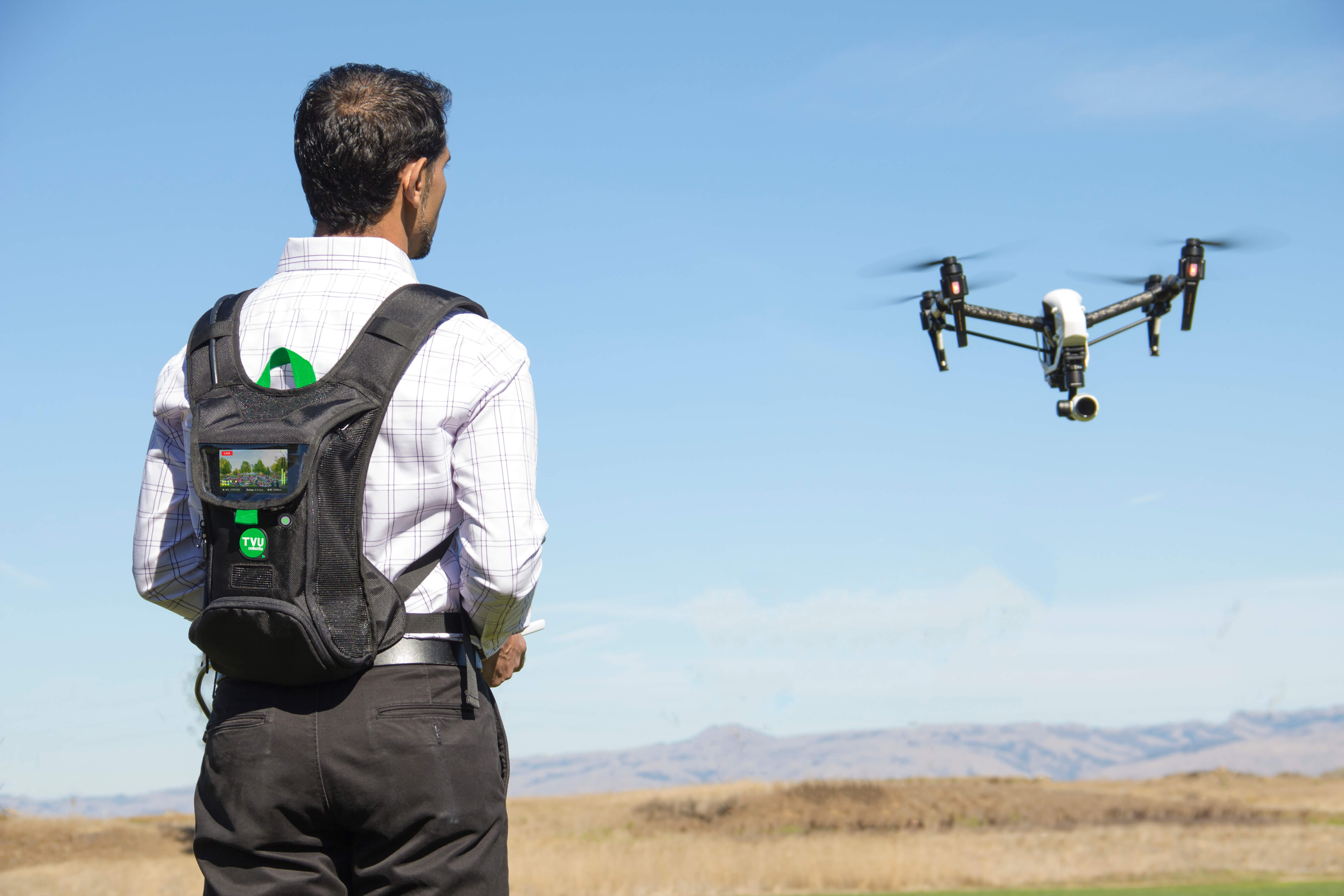The Importance of Drones in Public Safety
The role of drones in public safety is growing –both in the number of Unmanned Aerial Vehicles (UAVs) in the air and the importance of their missions.
A May 2018 report from the Center for The Study of Drones at Bard College in Annandale-on-Hudson, N.Y., found that 910 state and local police, sheriff, fire and Emergency Medical Services (EMS, and public safety agencies in the United States had acquired drones over the past few preceding years.
By March 2020, that number had risen to 1,578, a 60 percent increase. Further, 70 percent of disclosed public safety agencies using drones were involved with law enforcement, according to the third edition of study.
In fact, since at least March 2011 when the Great East Japan Earthquake and tsunami devastated part of northeastern Japan and led to the Fukushima Daiichi nuclear catastrophe, one would be hard pressed to find a major emergency situation in which public safety agencies haven’t used a drone as part of their response or at least wished they would have.
The Many Uses of Drone in Public Safety
More generally, when it comes to firefighting, drones reduce the risk of injury or death by offering an effective alternative to hazardous activities or at least a way to complement those activities that removes some of the risk firefighters would otherwise shoulder.

Law enforcement agencies also are using drones to improve their overall performance. An October 2019 article at Forbes.com by Stephen Rice enumerates 10 ways they are helping.
Among the applications he suggests are using drones to map cities to assist law enforcement agencies with detailed airborne perspectives of out-of-the-way places. A few of the others are using drones in police chases of suspects, investigating crime scenes, search and rescue missions and seizing illegal drones, the article says.
Even for emergency medical situations, advocates make the case for using drones to deliver drugs to emergency medical technicians (EMTs) in the field and even for using them as an airborne defibrillator that can arrive on the scene of someone having a heart attack long before an ambulance.
Drones and Live Video
Although it’s possible for drone operators to relay what they’re seeing to others by using mobile phones or two-way radios, that’s far from ideal. The best approach is to transmit drone video to those needing to see it whether they’re on scene, a few miles away or even across the globe.
However, for a variety of reason, such as weight, maximizing flight time and even federal regulations, drones do not transmit video to cell towers to be transported over wireless networks. Rather, another piece of equipment on ground near the drone operator is needed.
An IP (internet protocol) transmitter connected to the video output of the flight controller in essence serves as a relay for video from the drone to cell networks. Typically connected via an HDMI interface, the IP transmitter encodes video, distributes bits across multiple wireless connections and ultimately gets the drone video to its final destination.
TVU One, TVU Networks ’ 4G LTE and 5G transmitter with six built-in wireless modems and the ability to add others externally as well as to aggregate bandwidth from Wi-Fi, Ethernet, satellite and microwave, ensures public safety agencies can reliably transmit video from the drone controller—even in the most harsh environments. It can provide up to 25Mbps of bandwidth to stream video.

Other TVU Networks alternatives include TVU Nano, a small, lightweight IP transmitter and even an Android smartphone or iPhone running the TVU Anywhere app, which offer public safety agencies a lower cost solution to stream video as their fleets of drones grow.
Streaming crystal clear video from the scene of a fire, traffic jam or public safety event, is only half of the solution, however. The other half is getting that video to emergency workers on site or those managing the response from a remote location.
TVU Overwatch, a TVU Networks solution that runs on a TVU transceiver, re-encodes streaming video from the field and distributes it to up to 15 people on their smartphones. It turns the TVU transceiver into a mini media server, streaming out drone footage to provide firefighters on scene with up-to-the-second situational awareness, police officers pursing a crime suspect real-time visuals and offsite emergency managers a way to make instant assessments from afar.
The Advantages of Drone Technology
These airborne video platforms also can remove the risk of death or injury in situations when the alternative is possibly putting emergency responders into harm’s way to do reconnaissance. Drones can capture the high-resolution video that’s needed from afar, offering responders the intelligence they need to better address an unfolding situation.
They also can affordably increase the number of airborne video platforms public safety agencies have at their disposal. Far less expensive than airplanes or helicopters, drones are an affordable alternative in some instances. In others, they’re a valuable complement to existing aircraft.
While they don’t offer long flight times like choppers and planes, they are quick to get in the air and can begin streaming video of a situation fast, establishing an eye in the sky until other air platforms can arrive and take over.